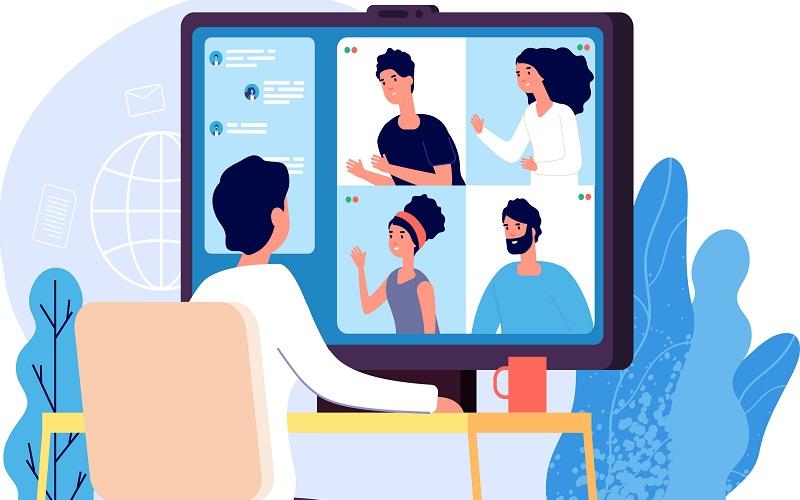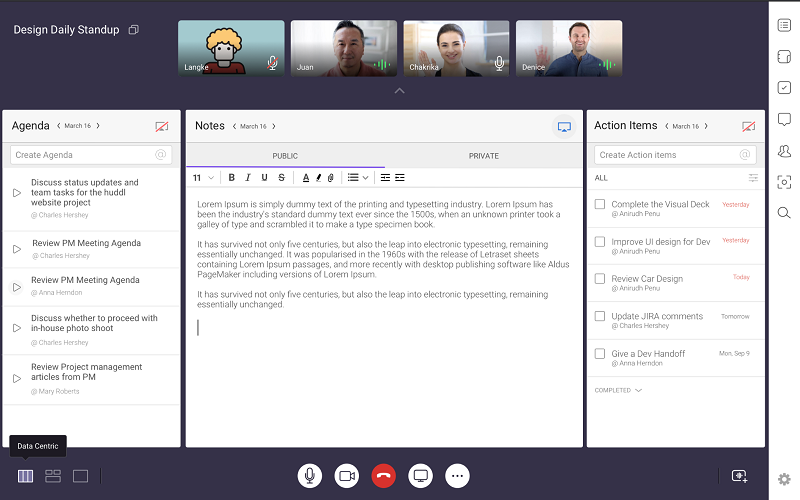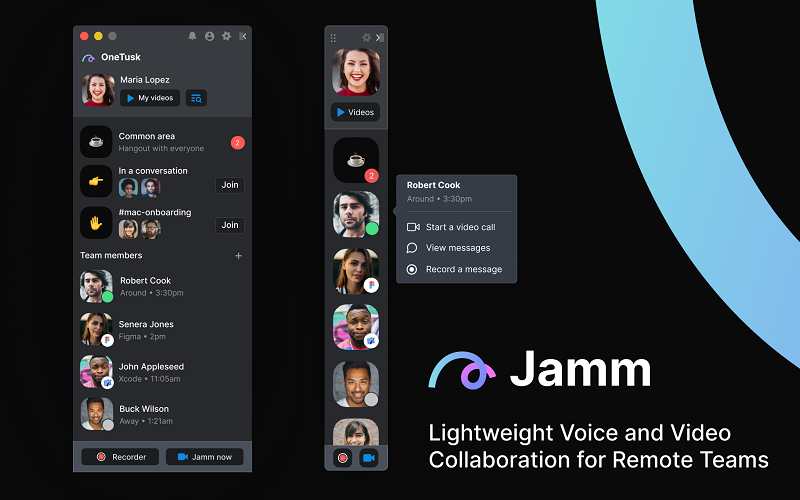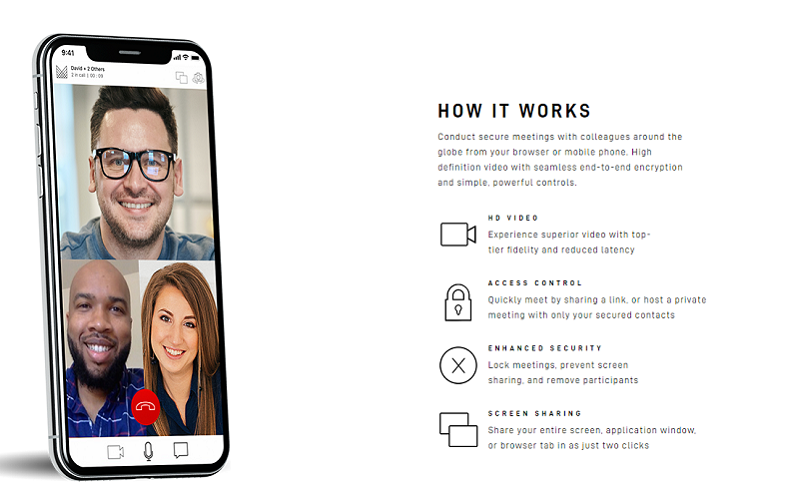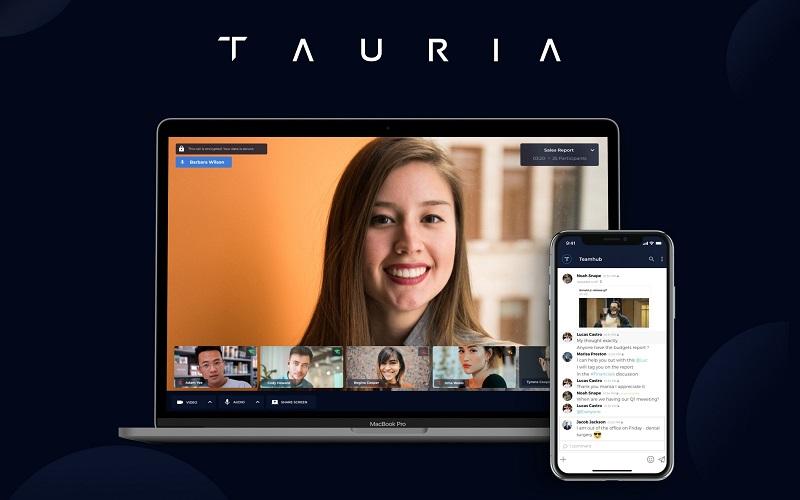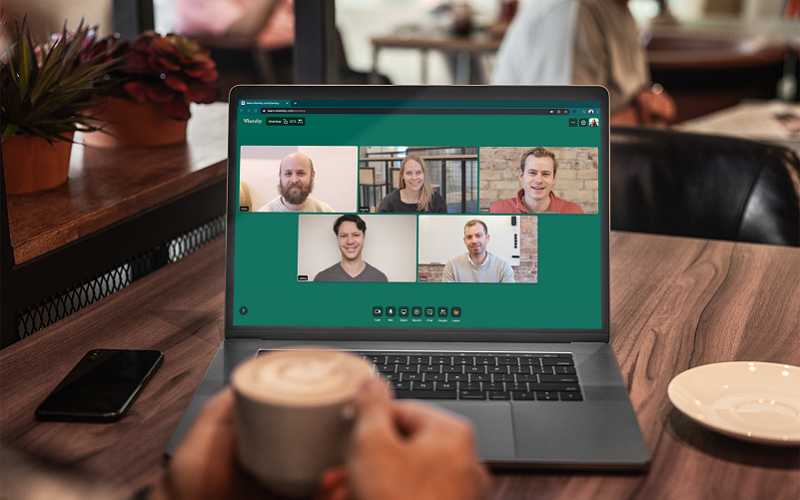Whereby: Knock Before You Join
Launched in 2014,
Whereby is a room-based video conferencing solution that allows up to 50 participants to join a virtual meeting room. Whereby features live chat reactions, screen sharing, YouTube and Google Docs integrations, and Apple iOS support, according to Whereby’s website.
Other features are built around host controls. Before joining a meeting, participants will first have to "knock" before entering a room, which the meeting host can either accept or reject, Whereby said. Meeting hosts can mute a meeting participant, ask someone to unmute, and end the meeting for everyone, Whereby said. Whereby also allows companies to brand their virtual meeting room space with logos and colors (available for Pro and Business users).
In June, Whereby announced
a partnership with Miro to bring whiteboarding capabilities to the solution. With integration, users can map out flow charts, take meeting notes, and create virtual sticky notes, according to Whereby. As a part of this announcement, Whereby also made its integrated services for Google Drive, Trello, Slack, and YouTube free to all user levels.
Other recently added features include a "picture-in-picture" mode and a one-click end meeting option, Whereby told No Jitter. Additionally, Whereby enhanced its language support for Norwegian, Spanish, and Portuguese speaking users with more on the way.
Whereby offers a Pro plan with three meeting rooms and a Business plan starting with 10 meetings room, available for $9.99 and $59.99, respectively. A freemium option is also available.






